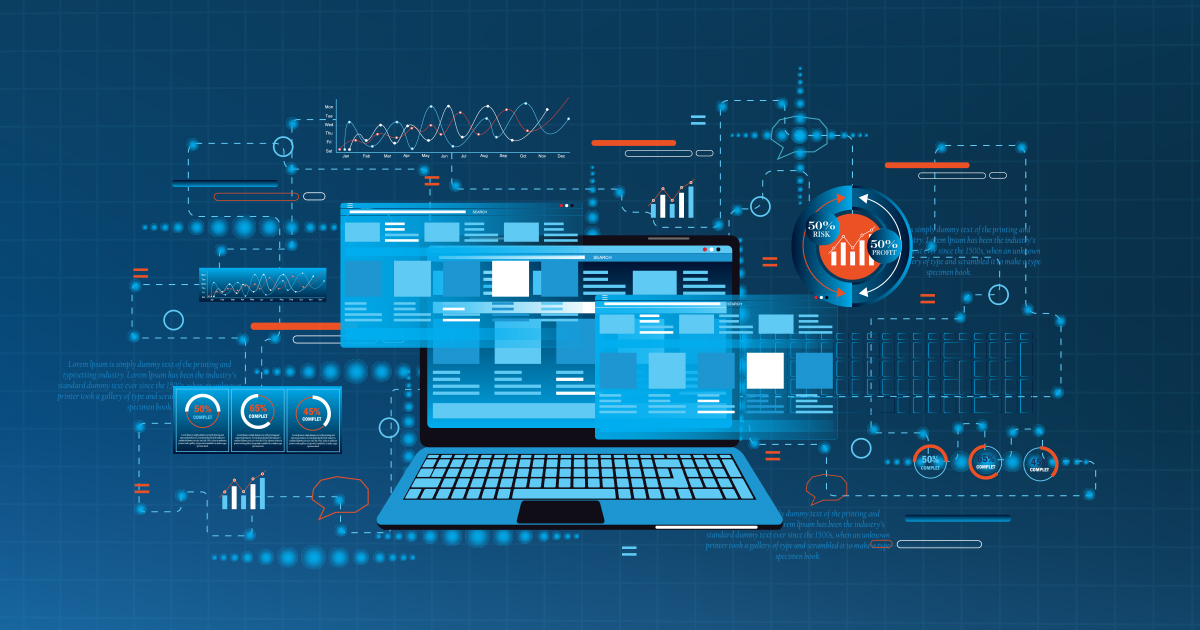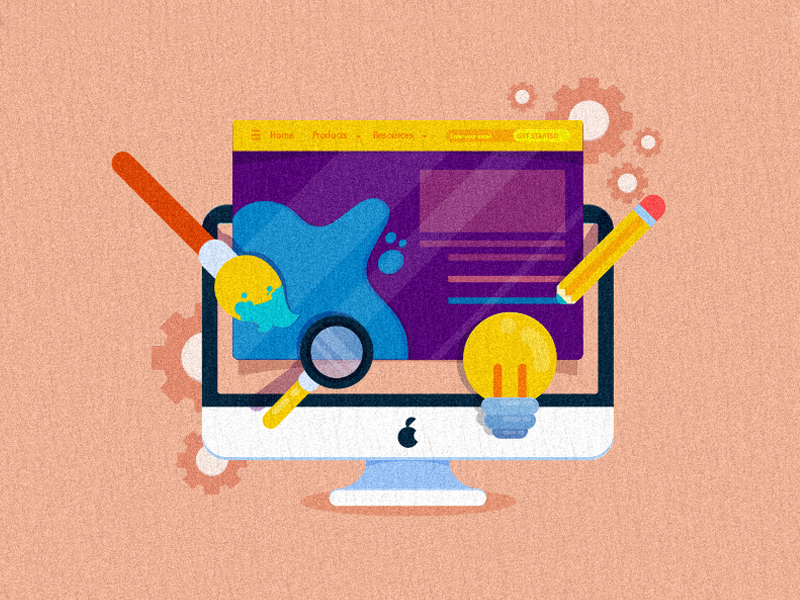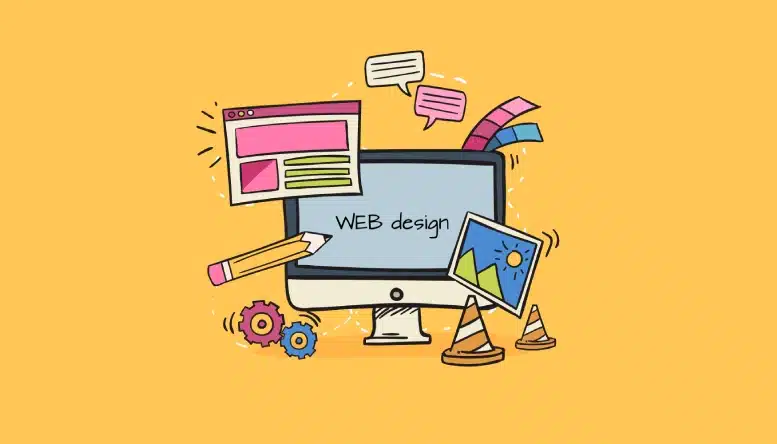Aligned Position Web Design: Your One-Stop Solution for Innovative Website Design and Development
Aligned Position Web Design: Your One-Stop Solution for Innovative Website Design and Development
Blog Article
The Best Kinds of Website Design to Boost Individual Experience and Interaction
In the ever-evolving landscape of digital communication, the effectiveness of website design substantially impacts customer experience and engagement. Different layout methods, such as minimal, responsive, and interactive designs, each deal distinct benefits that can satisfy varied user needs. Recognizing which kinds of Web design finest offer these objectives can be essential for businesses aiming to improve customer fulfillment and retention. However, the question remains: which layout components really resonate with individuals and foster purposeful involvement? The expedition of these concepts discloses vital insights that may redefine your strategy to Web layout.
Minimalist Website Design
As electronic landscapes come to be increasingly cluttered, minimal Web layout has actually emerged as a powerful method to enhancing user experience. This design philosophy focuses on simpleness, concentrating on important elements while eliminating unneeded diversions. By using sufficient white room, simple navigation, and a limited color scheme, minimal layout promotes clearness and directs customer focus to crucial content.
The core concept of minimal Web design is to create a smooth interaction for customers. By minimizing cognitive tons, users can quickly understand details without feeling bewildered. This straight method not only boosts usability but additionally encourages involvement, as visitors are more probable to discover a site that is easy and aesthetically appealing to browse.
Furthermore, minimalist style typically highlights typography and images, utilizing these aspects strategically to communicate messages properly. This concentrate on important parts can enhance brand identification and produce a memorable user experience. Basically, minimal Web style is not just a pattern; it is a thoughtful methodology that identifies the importance of user-centered style. By removing additional elements, designers can produce an extra engaging, effective, and enjoyable Web experience for all customers.
Receptive Web Layout
In today's varied electronic setting, receptive website design has become vital for creating a seamless individual experience across a wide range of gadgets. As individuals gain access to websites on smartphones, tablet computers, desktops, and laptops, the ability of a web site to adapt its design and content to different display dimensions and resolutions is critical.
Receptive website design employs flexible grids, photos, and CSS media questions to ensure that Web content is presented optimally, despite the tool utilized. This technique not only enhances the aesthetic allure of a website but also significantly boosts functionality. Individuals are more probable to engage with a website that uses a constant experience, as it eliminates the frustration of having to zoom in or scroll excessively.
By embracing receptive style, businesses can enhance their presence and reach a broader audience. In recap, receptive Web style is a basic method that boosts user experience, interaction, and total complete satisfaction.
Interactive Web Layout
Responsive website design prepares for improving individual experience, yet interactive Web design takes this an action even more by involving customers in a more dynamic method - Aligned Position Web Design. By integrating elements such as computer animations, clickable models, and real-time feedback, interactive Web design mesmerizes individuals, attracting them into a richer browsing experience
This method not only promotes interaction but likewise motivates individuals to check out content actively as opposed to passively eating it. Techniques such as gamification, where users earn rewards for completing tasks, can substantially boost the moment invested in a website and enhance general contentment. Additionally, interactive features can simplify complex information, making it more pleasurable and digestible.

Incorporating interactive style components can also bring about higher conversion rates, as customers are more probable to engage with a site that actively includes them. Aligned Position Web Design. Inevitably, interactive website design changes user experiences into unforgettable trips, ensuring that visitors return time after time
Flat Design
Characterized by its minimalistic method, level layout stresses simplicity and performance, removing away unneeded aspects and concentrating on crucial attributes. This design viewpoint prioritizes functionality, guaranteeing that individuals can browse interfaces with ease and efficiency. By employing a clean visual, level layout eliminates the mess often found in more luxuriant designs, consequently enhancing user focus on web content and performance.
The trademark of flat layout depends on its usage of vibrant colors, easy typography, and geometric shapes. These components add to an aesthetically attractive interface that is both modern-day and friendly. In addition, level style fosters a feeling of clearness, allowing customers to recognize crucial activities and information without distraction.
In addition, flat design is especially effective in receptive website design, as its simplicity equates well across various gadgets and screen dimensions. The absence of detailed structures and slopes lessens loading times, which is critical for preserving user interaction. As digital landscapes remain to advance, flat layout remains a pertinent choice for developing straightforward web sites that enhance general experience. By concentrating on vital attributes, flat layout not only meets individual demands but likewise urges seamless interaction, making it an essential component of reliable website design strategies.
Adaptive Website Design
Flexible website design tailors the user experience by creating multiple repaired designs tailored to various screen sizes and devices. Unlike responsive design, which fluidly adjusts a solitary layout, adaptive layout uses distinct layouts for specific breakpoints, making sure optimum discussion on numerous systems. This technique permits developers to focus on the one-of-a-kind qualities of each device, enhancing usability by delivering precisely what customers require based on their context.
One of the primary advantages of flexible Web style is its capability to enhance lots times and efficiency. By serving tailored web content and photos that fit the individual's device, websites can minimize information use and enhance loading rates. This is specifically helpful for customers with slower links or limited information More hints strategies.

In addition, adaptive layout facilitates a much more regulated and consistent branding experience. Considering that designers produce several formats, they can ensure that the aesthetic components align with the brand name's identification across different systems - Aligned Position Web Design. This causes a natural user experience, improving engagement and promoting individual retention
Verdict
Minimal layout cultivates clearness and emphasis, while responsive design guarantees adaptability go to these guys throughout numerous gadgets, promoting ease of access. Collectively, these design comes close to contribute to the creation of straightforward settings that not only improve complete satisfaction but additionally drive greater conversion rates, emphasizing their essential value in modern Web style techniques.

Minimalist style promotes clearness and emphasis, while receptive style guarantees versatility across different gadgets, promoting availability. Collectively, these style approaches add to the creation of you could try these out user-friendly environments that not only improve satisfaction but additionally drive greater conversion prices, highlighting their important relevance in modern Web design strategies.
Report this page